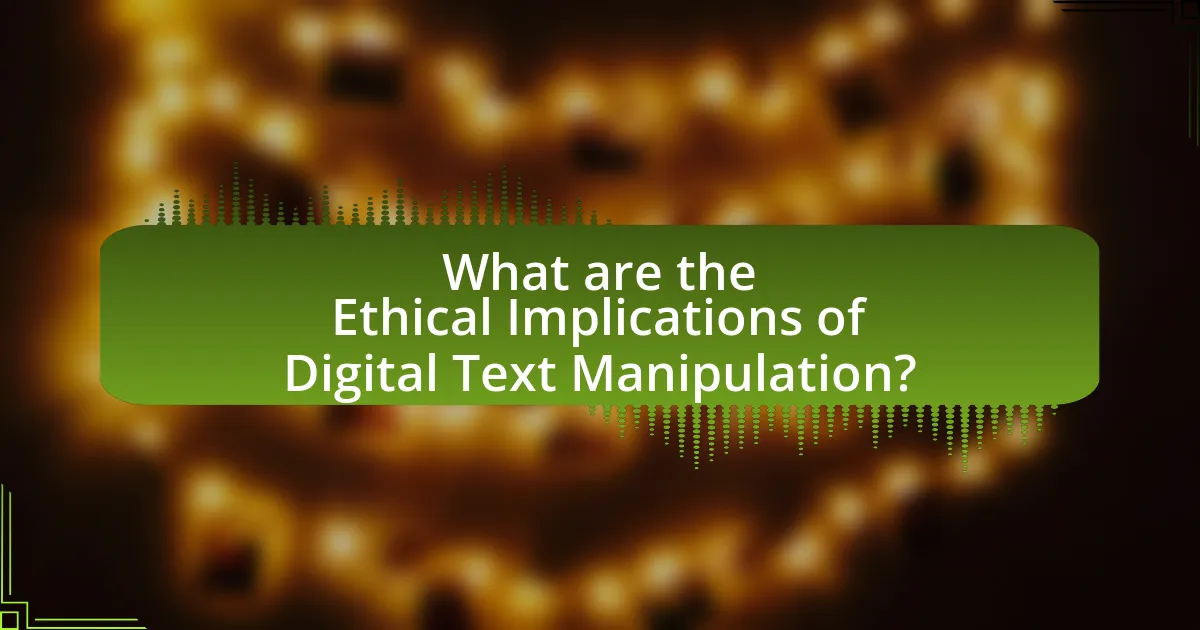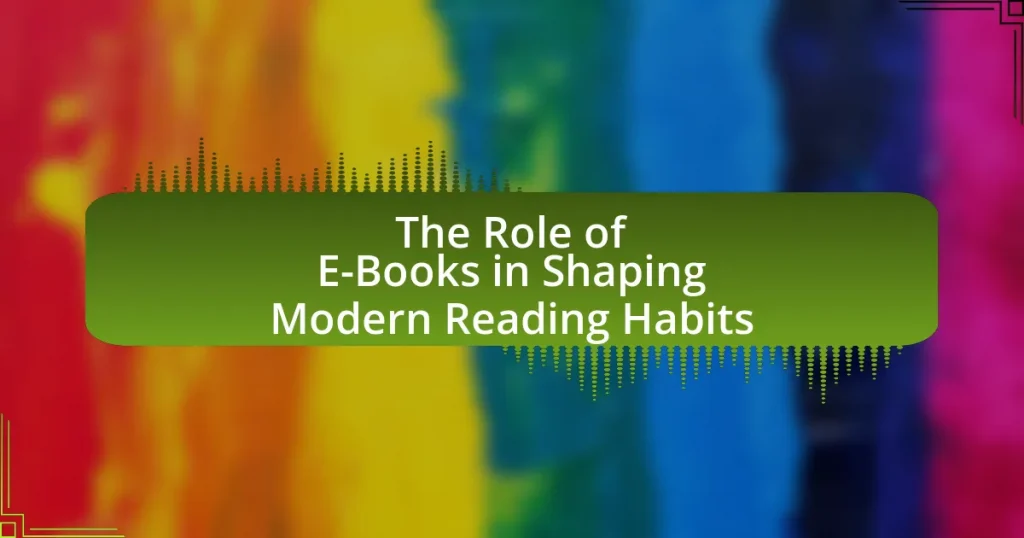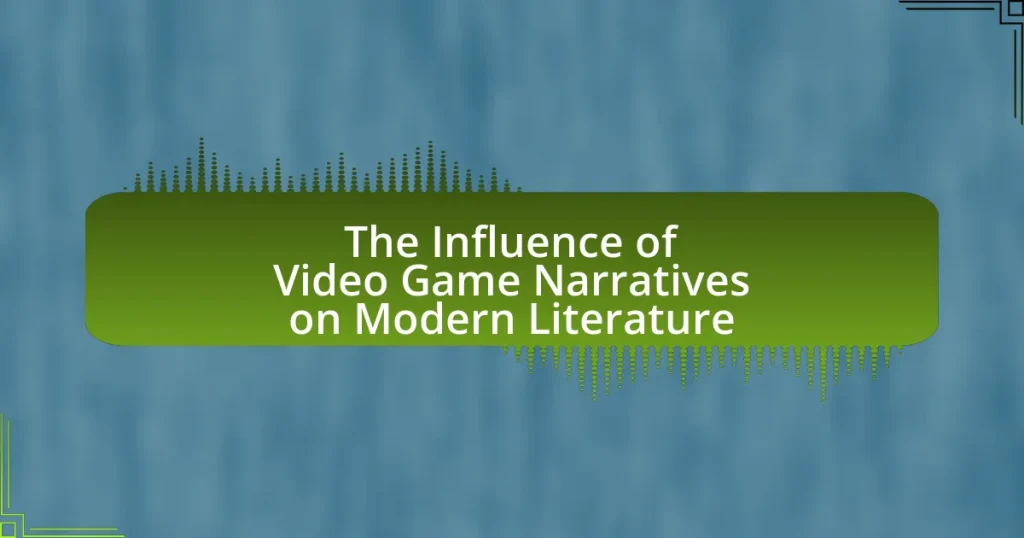The article examines the ethical implications of digital text manipulation, focusing on issues such as misinformation, authorship, and consent. It highlights how altered texts can misrepresent information, erode public trust, and lead to legal consequences, including copyright infringement and defamation. The discussion includes the impact of technology and algorithms on text integrity, the responsibilities of tech companies, and the importance of ethical frameworks in guiding practices. Additionally, it addresses cultural differences in perceptions of text manipulation and outlines best practices for ensuring ethical standards in digital content management.

What are the Ethical Implications of Digital Text Manipulation?
Digital text manipulation raises significant ethical implications, primarily concerning misinformation, authorship, and consent. Misinformation can be propagated through altered texts, leading to public deception and erosion of trust in digital communications. For instance, manipulated quotes or altered documents can misrepresent an individual’s views or actions, impacting reputations and societal perceptions. Additionally, issues of authorship arise when original creators lose control over their work, as unauthorized alterations can distort the intended message. Consent is also a critical factor; individuals may not be aware that their words are being modified, violating their rights to privacy and integrity. These ethical concerns highlight the need for responsible practices in digital text manipulation to safeguard truth and respect for individuals’ contributions.
How does digital text manipulation affect the integrity of information?
Digital text manipulation undermines the integrity of information by enabling alterations that can misrepresent the original content. This manipulation can lead to misinformation, as seen in instances where quotes are taken out of context or data is selectively edited to support a particular narrative. For example, a study by the Pew Research Center found that 64% of Americans believe fabricated news stories cause confusion about the basic facts of current events, highlighting the significant impact of altered text on public perception and trust. Such practices compromise the reliability of information sources, making it essential to critically evaluate digital content for authenticity.
What are the potential consequences of altering digital texts?
Altering digital texts can lead to significant consequences, including misinformation, loss of authenticity, and legal repercussions. Misinformation arises when altered texts misrepresent facts or ideas, potentially misleading readers and influencing public opinion. The loss of authenticity occurs when original meanings or contexts are distorted, undermining the integrity of the text and the trust of its audience. Legal repercussions may include copyright infringement or violations of intellectual property rights, as unauthorized alterations can breach agreements or laws governing the use of digital content. These consequences highlight the ethical implications of digital text manipulation, emphasizing the need for responsible handling of digital information.
How does text manipulation influence public perception and trust?
Text manipulation significantly influences public perception and trust by altering the way information is presented, which can lead to misinterpretation or bias. When text is selectively edited or framed, it can shape narratives that either enhance or undermine credibility. For instance, studies have shown that misleading headlines can skew public understanding of news events, as evidenced by a 2018 study published in the journal “Science Advances,” which found that people are more likely to believe false information when it is presented in a sensationalized format. This manipulation can erode trust in media and institutions, as individuals may become skeptical of information sources that they perceive as biased or deceptive.
Why is it important to examine the ethics of digital text manipulation?
Examining the ethics of digital text manipulation is crucial because it addresses the potential for misinformation and manipulation of public perception. Digital text manipulation can alter the meaning of information, leading to misrepresentation and loss of trust in media. For instance, the spread of deepfake technology has raised concerns about the authenticity of digital content, as evidenced by studies showing that manipulated texts can significantly influence public opinion and behavior. Therefore, understanding the ethical implications helps safeguard against the misuse of technology and promotes accountability in digital communication.
What ethical frameworks can be applied to digital text manipulation?
Utilitarianism, deontology, and virtue ethics are the primary ethical frameworks that can be applied to digital text manipulation. Utilitarianism evaluates actions based on their consequences, promoting the greatest good for the greatest number; for instance, manipulating text to enhance accessibility can be justified if it benefits a larger audience. Deontology focuses on adherence to rules and duties, suggesting that manipulating text without consent violates ethical obligations to honesty and integrity. Virtue ethics emphasizes the character and intentions of the individual, advocating for manipulation that aligns with moral virtues such as honesty and respect. These frameworks provide a structured approach to assess the ethical implications of digital text manipulation in various contexts.
How do cultural differences impact the perception of ethical text manipulation?
Cultural differences significantly impact the perception of ethical text manipulation by shaping individuals’ values, norms, and expectations regarding honesty and integrity in communication. For instance, in collectivist cultures, such as Japan and China, the emphasis on group harmony may lead to a more lenient view of text manipulation if it serves to maintain social cohesion. Conversely, in individualistic cultures like the United States, there is a stronger focus on personal accountability and transparency, resulting in a more critical stance toward any form of text manipulation perceived as deceptive. Research by Hofstede (1980) on cultural dimensions illustrates these differences, highlighting how varying cultural contexts influence ethical standards and practices.
What role do technology and platforms play in digital text manipulation?
Technology and platforms are crucial in digital text manipulation as they provide the tools and environments necessary for creating, editing, and distributing text. These technologies, such as word processors, text editors, and online collaboration platforms, enable users to manipulate text efficiently through features like formatting, spell-checking, and version control. For instance, platforms like Google Docs allow real-time collaboration, which enhances the manipulation process by enabling multiple users to edit and comment simultaneously. This capability not only streamlines the workflow but also raises ethical considerations regarding authorship and the integrity of the text, as changes can be made anonymously or without proper attribution.
How do algorithms contribute to the manipulation of digital texts?
Algorithms contribute to the manipulation of digital texts by automating the processes of text generation, modification, and analysis. These algorithms can analyze vast amounts of data to identify patterns, enabling the creation of tailored content that can influence reader perception and behavior. For instance, natural language processing algorithms can generate articles or social media posts that mimic human writing styles, thereby shaping narratives and public opinion. Additionally, algorithms used in recommendation systems can curate and prioritize specific texts, effectively controlling the information that users are exposed to. This manipulation raises ethical concerns regarding misinformation and the potential for bias, as highlighted in studies like “The Ethics of Algorithms: Mapping the Debate” by Kate Crawford and others, which discuss the implications of algorithmic decision-making on society.
What responsibilities do tech companies have regarding text integrity?
Tech companies have a responsibility to ensure the integrity of text by implementing measures that prevent misinformation, manipulation, and unauthorized alterations. This includes developing algorithms that detect and flag false information, providing transparency in content moderation processes, and ensuring that users can verify the authenticity of the text they encounter. For instance, platforms like Facebook and Twitter have established fact-checking partnerships to combat the spread of false narratives, demonstrating their commitment to maintaining text integrity. Additionally, the Digital Media Literacy initiative emphasizes the importance of educating users about recognizing credible sources, further supporting the integrity of digital text.
How can we identify and address the risks associated with digital text manipulation?
To identify and address the risks associated with digital text manipulation, organizations should implement robust verification processes and utilize advanced detection technologies. Verification processes, such as cross-referencing digital texts with original sources, help to ensure authenticity and accuracy. Advanced detection technologies, including machine learning algorithms, can analyze text for signs of manipulation, such as inconsistencies in writing style or factual discrepancies. Research indicates that 86% of organizations report facing challenges in detecting manipulated content, highlighting the need for effective strategies. By combining these methods, organizations can significantly mitigate the risks posed by digital text manipulation.
What are the legal implications of digital text manipulation?
Digital text manipulation can lead to significant legal implications, including issues related to copyright infringement, defamation, and fraud. Copyright law protects original works, and unauthorized alteration of text can violate the rights of the original author, as established in cases like the 2016 case of Oracle America, Inc. v. Google, where the court ruled on the limits of fair use. Additionally, manipulated text that misrepresents facts can result in defamation claims, as seen in various lawsuits where altered statements harmed reputations. Furthermore, digital text manipulation can facilitate fraud, leading to criminal charges under laws such as the Computer Fraud and Abuse Act in the United States. These legal frameworks highlight the serious consequences of unauthorized text alterations in digital formats.
How do copyright laws intersect with digital text manipulation?
Copyright laws govern the use and distribution of original works, including digital text, and they intersect with digital text manipulation by establishing the legal boundaries for altering, reproducing, or distributing such content. When individuals or organizations manipulate digital text, they must consider whether their actions infringe on the copyright holder’s rights, which are protected under laws such as the Copyright Act of 1976 in the United States. For example, unauthorized modifications or adaptations of copyrighted text can lead to legal consequences, as copyright holders have exclusive rights to reproduce and create derivative works. This intersection raises ethical questions about the balance between creative expression and respecting intellectual property rights, emphasizing the need for clear guidelines in the digital landscape.
What are the potential legal consequences for individuals and organizations?
The potential legal consequences for individuals and organizations involved in digital text manipulation include civil liability, criminal charges, and regulatory penalties. Individuals may face lawsuits for defamation, copyright infringement, or fraud if manipulated content misleads or harms others. Organizations can incur significant fines and sanctions from regulatory bodies for violating laws related to data protection, intellectual property, or consumer protection. For instance, the General Data Protection Regulation (GDPR) imposes strict penalties on organizations that mishandle personal data, with fines reaching up to 4% of annual global turnover or €20 million, whichever is higher. These legal frameworks underscore the serious repercussions that can arise from unethical digital text manipulation practices.
What best practices can be implemented to ensure ethical digital text manipulation?
To ensure ethical digital text manipulation, practitioners should implement transparency, consent, and accountability. Transparency involves clearly disclosing the methods and purposes of text manipulation to all stakeholders, which fosters trust and understanding. Consent requires obtaining permission from original authors or content creators before altering their work, ensuring respect for intellectual property rights. Accountability entails establishing guidelines and standards for ethical practices, along with mechanisms for addressing violations, thereby promoting responsible behavior in digital text manipulation. These best practices align with ethical standards in digital content management and support the integrity of information dissemination.
How can transparency be maintained in digital text editing processes?
Transparency in digital text editing processes can be maintained by implementing version control systems that track changes made to documents. These systems allow users to view the history of edits, including who made specific changes and when they occurred, thereby fostering accountability. For instance, platforms like Git and collaborative tools such as Google Docs provide features that enable users to see the evolution of a document, ensuring that all modifications are documented and accessible. This practice not only enhances clarity but also supports ethical standards by allowing stakeholders to verify the integrity of the content.
What guidelines should be established for ethical text manipulation in various fields?
Guidelines for ethical text manipulation in various fields should include transparency, consent, accuracy, and accountability. Transparency requires clear disclosure of any modifications made to the text, ensuring that the audience understands the context and intent behind the changes. Consent involves obtaining permission from original authors or stakeholders before altering their work, respecting intellectual property rights. Accuracy mandates that any manipulated text must not misrepresent facts or distort the original meaning, as seen in journalistic standards that prioritize factual reporting. Accountability holds individuals and organizations responsible for the consequences of their text manipulation, reinforcing ethical practices in fields such as academia and media. These guidelines are essential to maintain trust and integrity in communication across disciplines.



